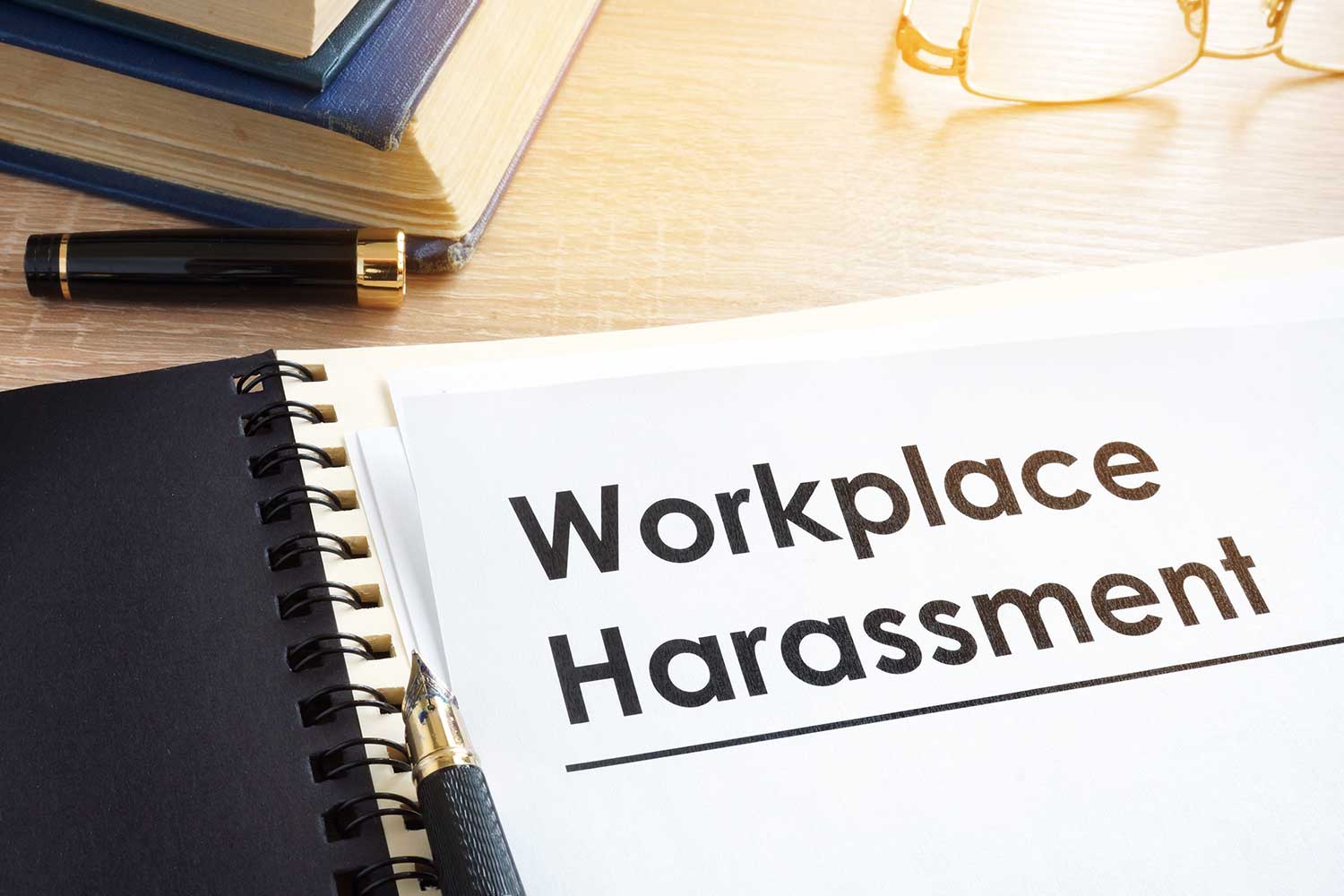As recently stated by the Equal Employment Opportunity Commission (EEOC): “Harassment in the workplace will not stop on its own — it’s on all of us to be part of the fight to stop workplace harassment. We cannot be complacent bystanders and expect our workplace cultures to change themselves.”
The truth of this statement cannot be overstated. While it has long been believed that training and an effective complaint process is the way to stop the problem, the EEOC has pointed out that more is likely needed.
“With legal liability long ago established, with reputational harm from harassment well known, with an entire cottage industry of workplace compliance and training adopted and encouraged for 30 years, why does so much harassment persist and take place in so many of our workplaces? And, most important of all, what can be done to prevent it? After 30 years — is there something we’ve been missing?”
It could be said that the missing element is leadership. Too often, yet for good reason, dealing with sexual harassment in the workplace is something that management, executive directors, and chief executive officers often defer to others to handle and manage.
Perhaps the time has come to see the wisdom and efficacy of having the leaders of the mission of the enterprise become more personally involved in the necessary task of eliminating and preventing sexual harassment in the workplace.
Granted, the reality is that many of these individuals are very busy, taxed and overworked.
However, a demonstration by senior management and supervisors that they acknowledge, understand, and will take an active role in prevention can only have a positive effect upon the consciousness in the workplace that “zero tolerance” means just that.
In general, there are many ways this leadership can be demonstrated. Here are just a few suggestions:
1. Management Should Take an Active Role in Training
While senior managers are in attendance in training sessions, as some states require, they are often left off the list of presenters.
Indeed, the presence of these agency leaders provides a strong and important signal to staff that this subject is important and that management is committed to the elimination of sexual harassment in the workplace.
It’s also important to consider an active role in the presentation by the manager, as their level of engagement is likely to have a significant impact on the staff’s engagement.
2. Train Supervisors to Monitor the Workplace for Policy Breaches
Supervisors should be trained to proactively monitor the workplace for any breaches of the organization’s sexual harassment policies.
Supervisors and management are uniquely positioned to monitor the interactions of staff with one another and to make inquiries if there is a hint that any form of harassment is occurring, or if one demonstrates the effects of being victimized.
3. Demonstrate Proactive and Effective Support of Enforcement
Given the need to effectively deal with an occurrence of sexual harassment in the workplace, it’s important to remember that the best way to fix a problem is to remove the offender.
This often presents management with a conflict of loyalties if the offender is a long-time employee, colleague, or friend.
Moreover, it can be the case that the offender is a very productive or important contributor to the overall operation of the agency, including members of senior management.
These loyalties or practical concerns must be set aside in making decisions and imposing consequences for violation of sexual harassment policies.
No one is too important, indispensable, or essential to an employer’s business to be disciplined for violations of a zero tolerance policy, and managers should demonstrate the courage to handle these situations properly.
4. Monitor and Track Complaints and Investigations
While the complaint and investigation processes are properly delegated to staff with the experience and expertise to handle these critical functions, it’s also vitally important that management know how these actions are handled.
Keeping track of the status of complaints and investigations allows management to know the character of their workplace and the agency’s progress in ensuring the workplace is free from harassment.
5. Maintain an Open-Door Policy
Nothing will encourage employees to come forward and report their experiences more than a senior manager who welcomes, supports, and empathizes with them.
That support not only enhances morale within the workplace affected by harassment, but also demonstrates an appreciation of the problem and commitment to prevent it from occurring again.
The law has placed no greater importance on any single aspect of employment than the prevention and elimination of sexual harassment.
While training and effective complaint and investigation policies have provided methods to achieve this goal, dedicated understanding, support, and encouragement by the leaders of an organization are essential to ensure that mission will succeed.





